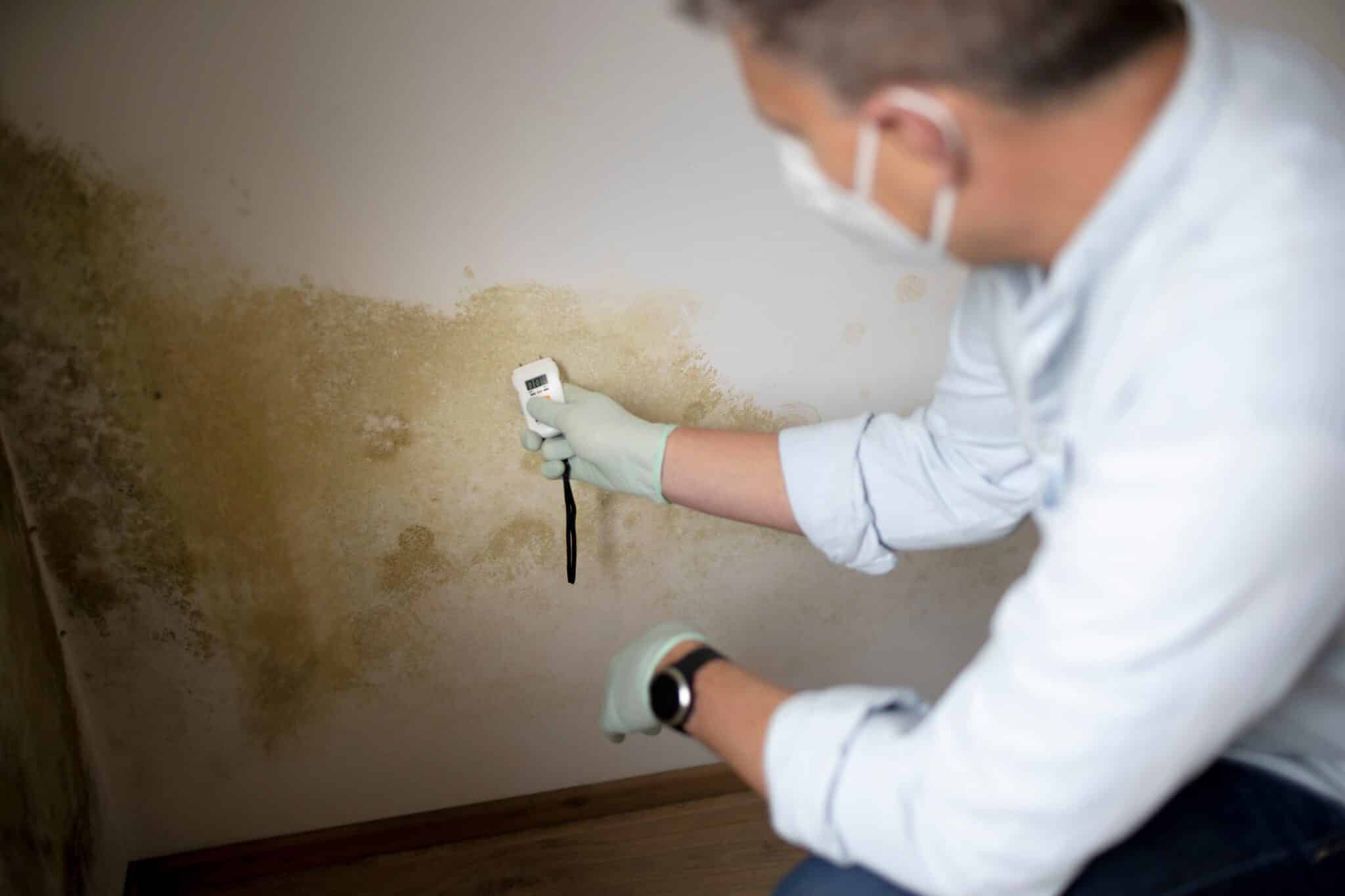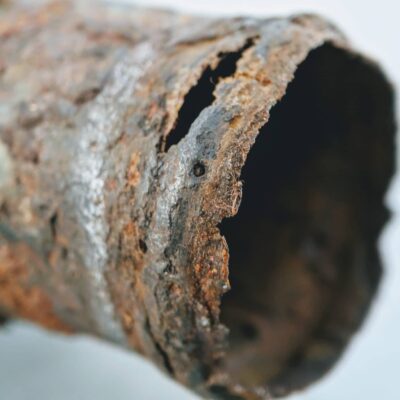Subcontracting Insurance Requirements: What to Know When Using Subcontractors for Specialty Inspections
Last Updated November 9, 2023

Does your client want a pool inspection, but you aren’t trained to inspect pools? Did you schedule two pest inspection for the same time? Do you have the skills to perform a radon test but don’t have enough monitors to go around? Subcontracting may be your solution.
A subcontractor is a business or person you hire to perform inspection services when you and your employees don’t have the time or expertise to do them yourself. (If you’re just referring business, that isn’t a subcontractor. For more on managing risk while referring business, click here). In the home inspection industry, subcontracting is most common with ancillary or specialty inspection services—like pool, pest, sewer scope, and radon services, to name a few. By outsourcing a specific task, you’re able to take on more jobs and offer your clients more services.
But adding a third party to your inspections may increase risks of claims against your home inspection business. You may be wondering:
- Who’s liable for a subcontractor’s mistakes?
- What are subcontracting insurance requirements?
- How can I protect my business when using subcontractors for specialty inspections?
We answer these questions and more below.
 Who’s liable for a subcontractor’s mistakes?
Who’s liable for a subcontractor’s mistakes?
If you hire a subcontractor to perform a specialty inspection for your home inspection clients, who’s liable if they make a mistake?
It depends on what contracts you have in place.
Without a formal agreement between you and your subcontractor, you lack protection against claims your shared clients may make against you for your subcontractor’s services. That’s why we recommend entering into a subcontracting agreement anytime you hire a sub-contractor. A subcontracting agreement is a contract between you and the subcontractor discussing how you’ll be working together and how you’ll handle disputes. Common items in a subcontracting agreement include:
- Business information for both you and the subcontractor.
- Define the scope of work your subcontractor will perform.
- Specify the payment terms.
- List any licensing and insurance requirements.
- Establish how disputes will be resolved.
- Include termination procedures, if desired.
- Add a flow-down provision to establish who will shoulder the liability, or a “hold harmless” clause.
A bit more about that hold harmless clause: These provisions say that each of you would be responsible for claims arising from your own inspection services—not each other’s. Like your pre-inspection agreement, a subcontracting agreement isn’t a “get out of jail free” card. You can still get claims for services rendered by your subcontractors. However, they are great sources of protection that can prevent and even help resolve issues of subcontractor liability.
To draft a subcontracting agreement, get help from an attorney.
 What are subcontracting insurance requirements?
What are subcontracting insurance requirements?
Are subcontractors required to carry liability insurance? While many businesses and contractors do, not all subcontractors carry insurance. Additionally, while general liability insurance (GL) for subcontractors is more common, errors and omissions (E&O) coverage is just as important. (Learn more about the difference between E&O and liability insurance here.)
Regardless of any external requirements subcontractors may have, it’s important that you require the subcontractors you work with to have their own GL and E&O coverage. You may ask, “What happens if my subcontractor does not have insurance?” If they were to, say, break a family heirloom during their inspection or miss a serious termite infestation they should have caught, your insurance would most likely pick up the claim since they are not carrying any, so you would have to pay the deductible and deal with the upset client.
How can you confirm that your subcontractor carries the proper insurance? We recommend asking for a copy of their insurance policy and sending it to your insurance broker to ensure they have adequate coverage. Having not just some but enough insurance is important. If their limits are too low to cover costs, claimants could come back to you for more. Further, if the subcontractor’s liability insurance policy does not have the proper endorsements for the inspection they are performing, their insurance may decline to cover the claim, and you may be pulled into it.
Once you confirm they are carrying sufficient liability insurance for subcontractors, does that mean you shouldn’t personally carry insurance? No, because there’s still a chance you may be pulled into a claim. We recommend both E&O and general liability insurance for your business as well as any endorsements required to cover the specialty inspections that your subcontractors are offering.
How else can I protect my business when using sub-contractors for specialty inspections?
So you’ve entered into a subcontracting agreement with a hold harmless clause. You’ve confirmed that your subcontractor has adequate insurance coverage. You have insurance, including the proper endorsements, as an extra precaution, too. What else can you do?
The last recommendation we’d make is to distinguish your work from your subcontractor’s. When discussing the ancillary service in your agreement and report, underscore that the subcontractor rendered that service. Have the subcontractor provide an addendum or additional report that you add to your own with their own letterhead and contact info in case of questions or issues. That way, they know to contact your subcontractor for related inquiries.
Get a helping hand from someone you can trust.
We hope you find capable subcontractors to help your growing home inspection business. And when you do, be sure to:
- Enter a subcontracting agreement with a hold harmless clause
- Verify they have adequate insurance
- Carry enough insurance yourself
- Include their information in your client’s agreement and report
Need help verifying your subcontractor’s insurance coverage is adequate or fulfilling your own insurance needs? We’re the top national provider of home inspection insurance, and we have helped inspectors protect themselves for over a decade. Let us help protect you and your business. If you would like a quote for E&O and GL coverage, fill out our application form online.





